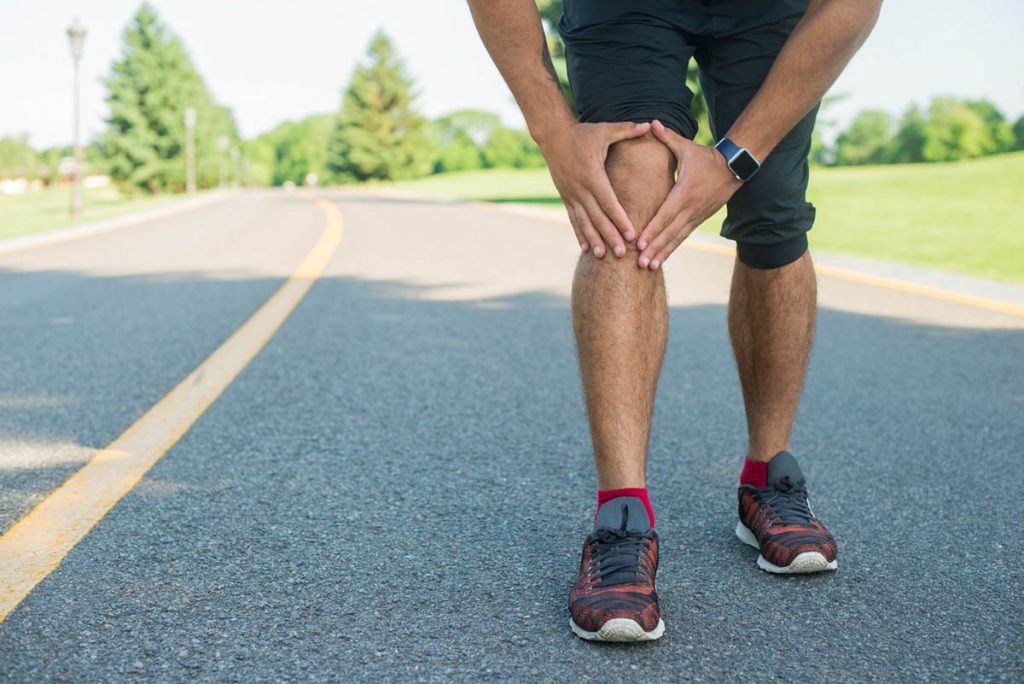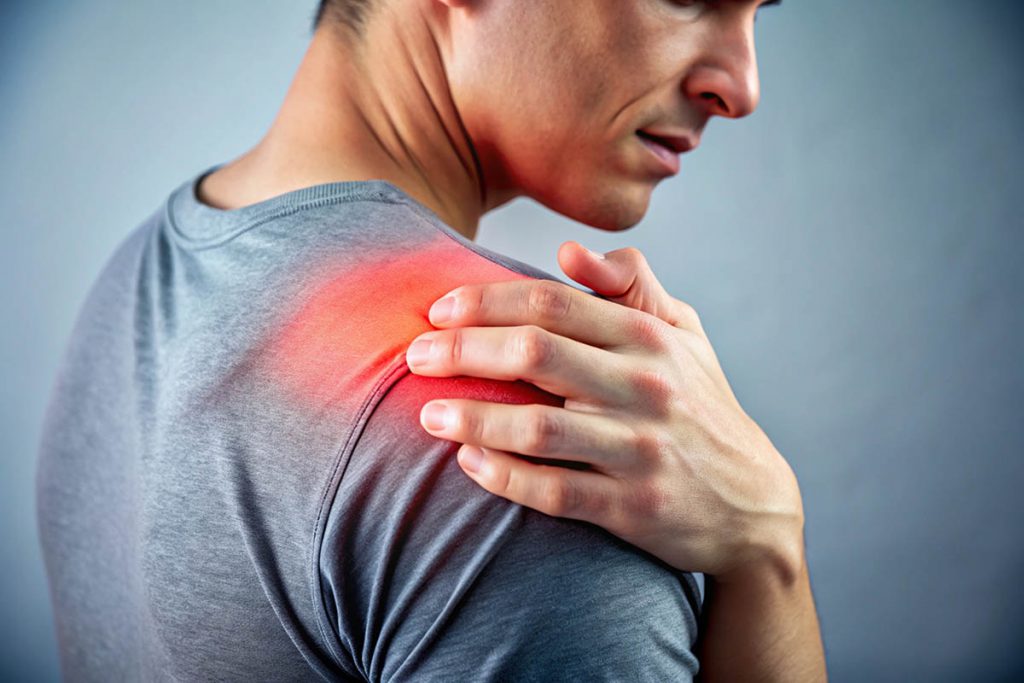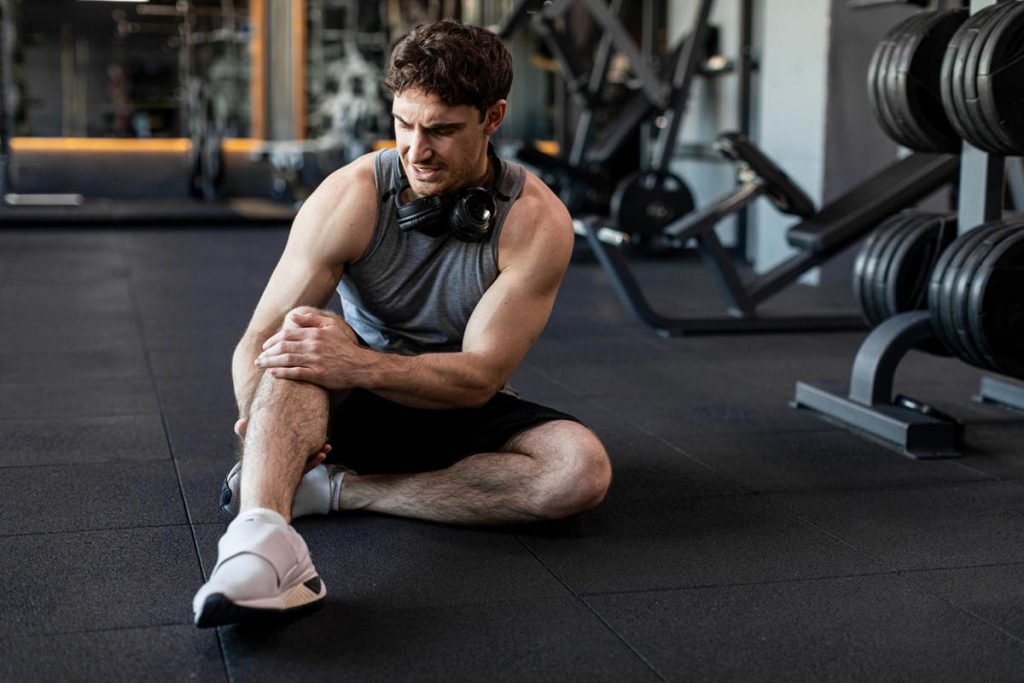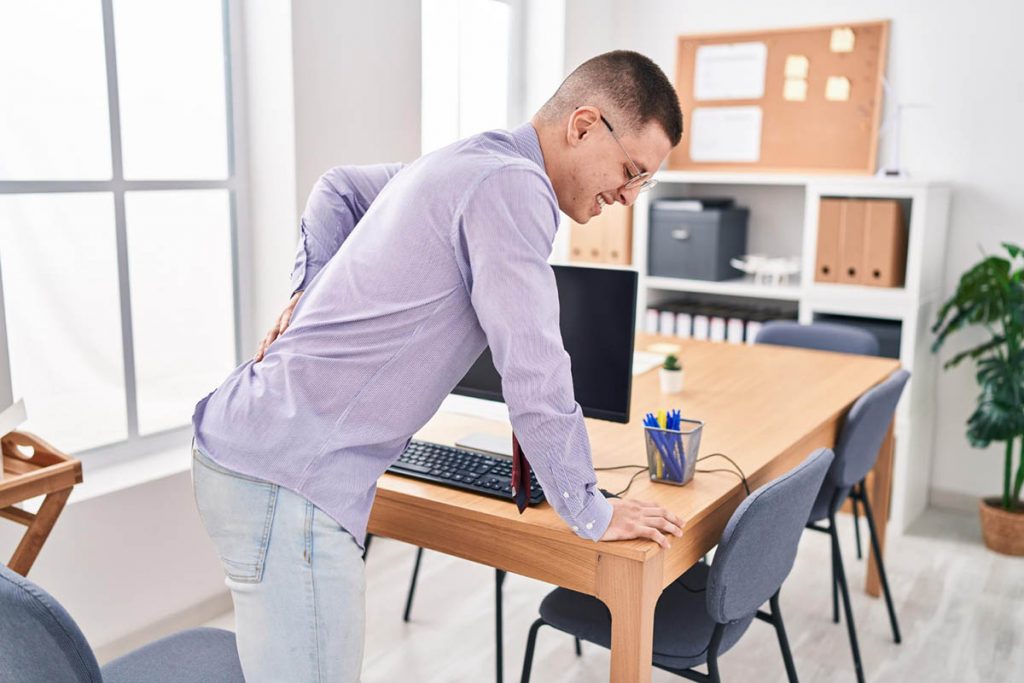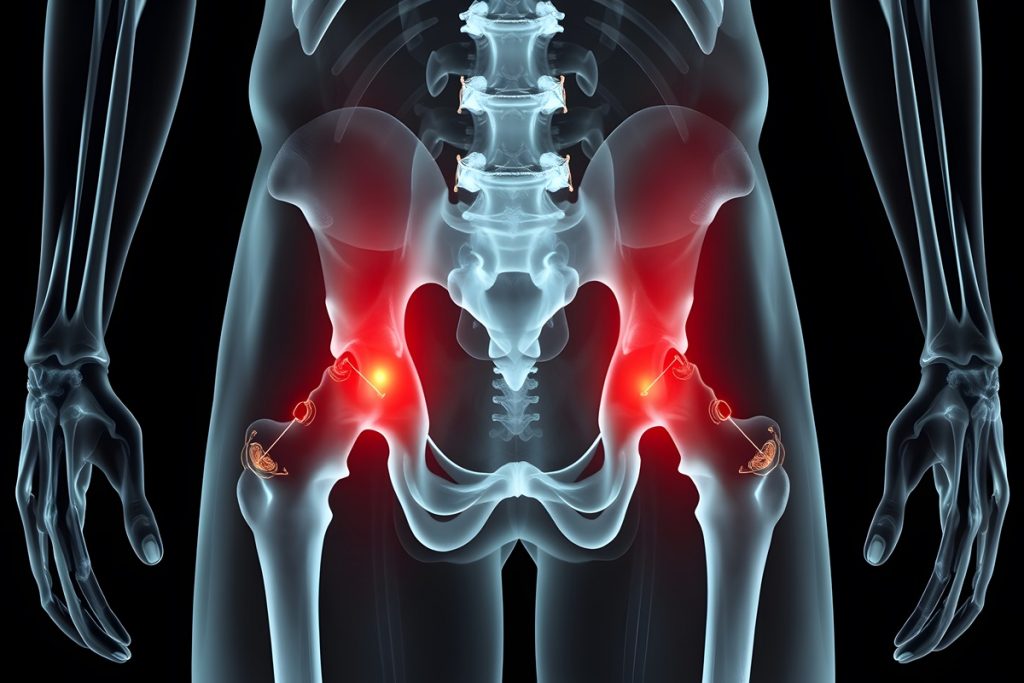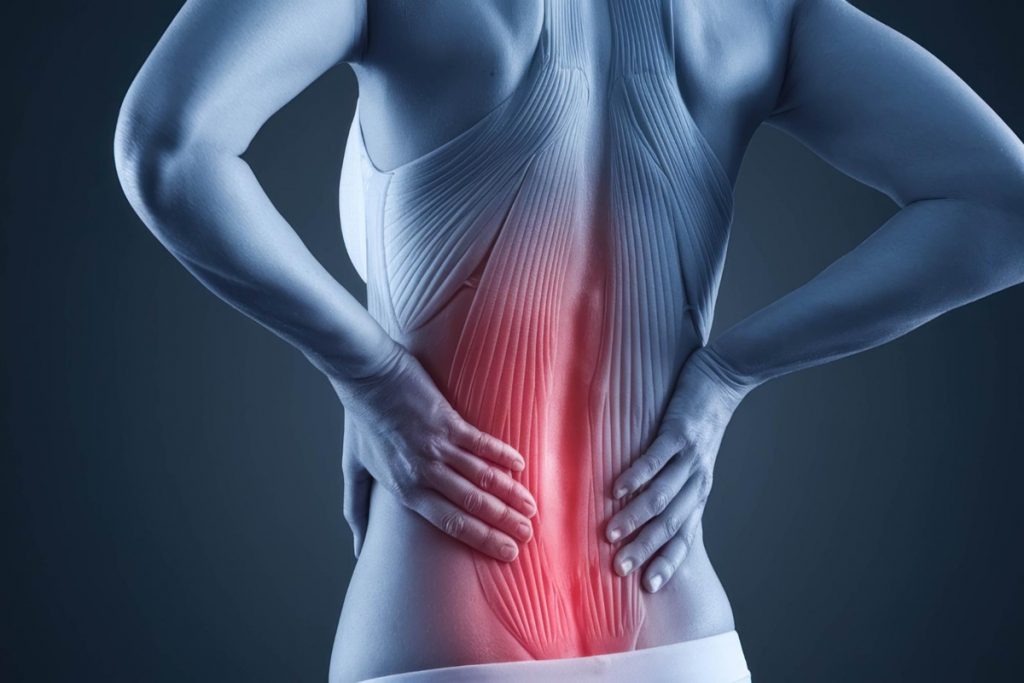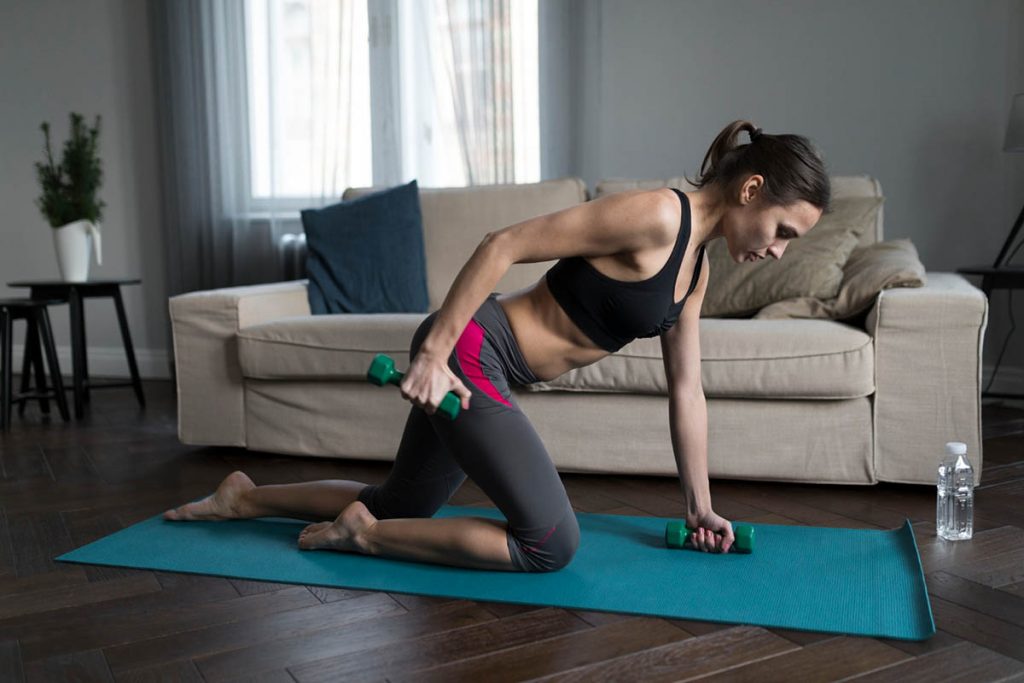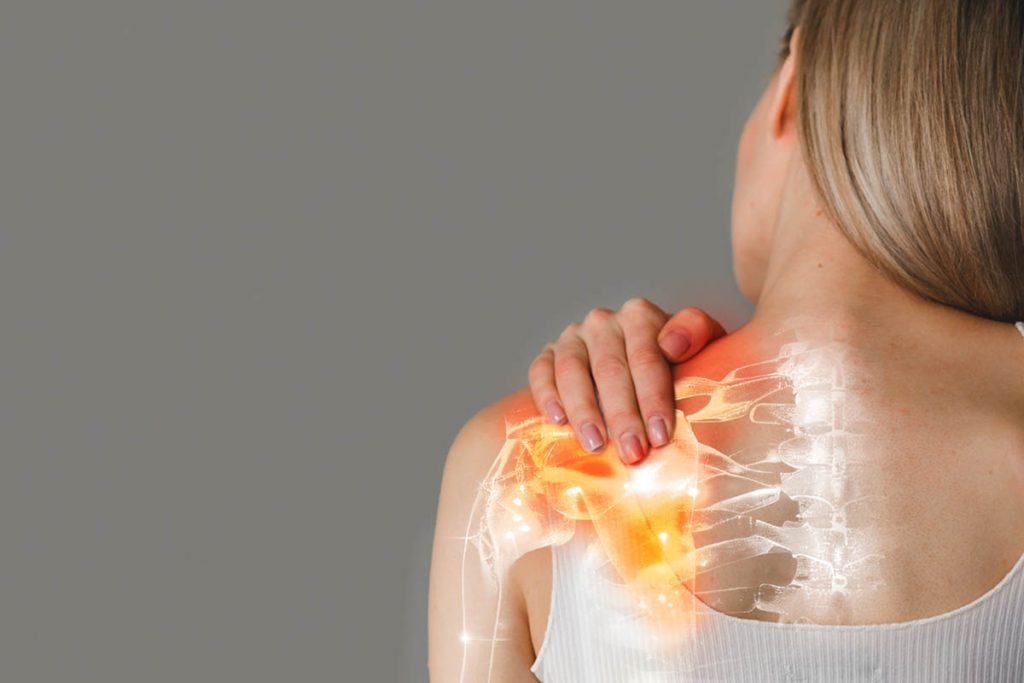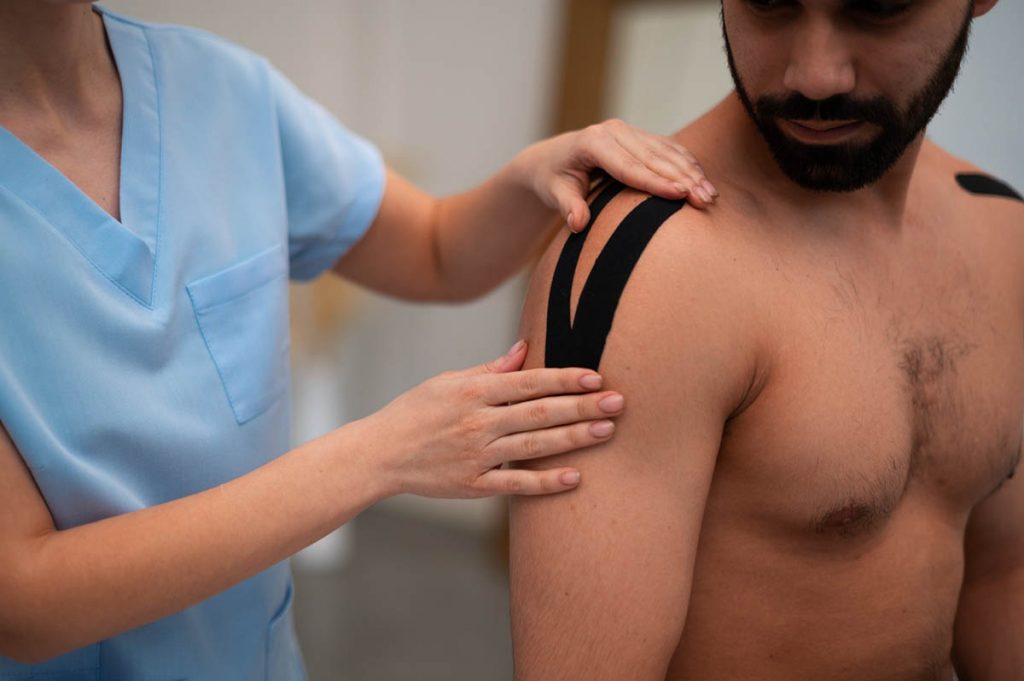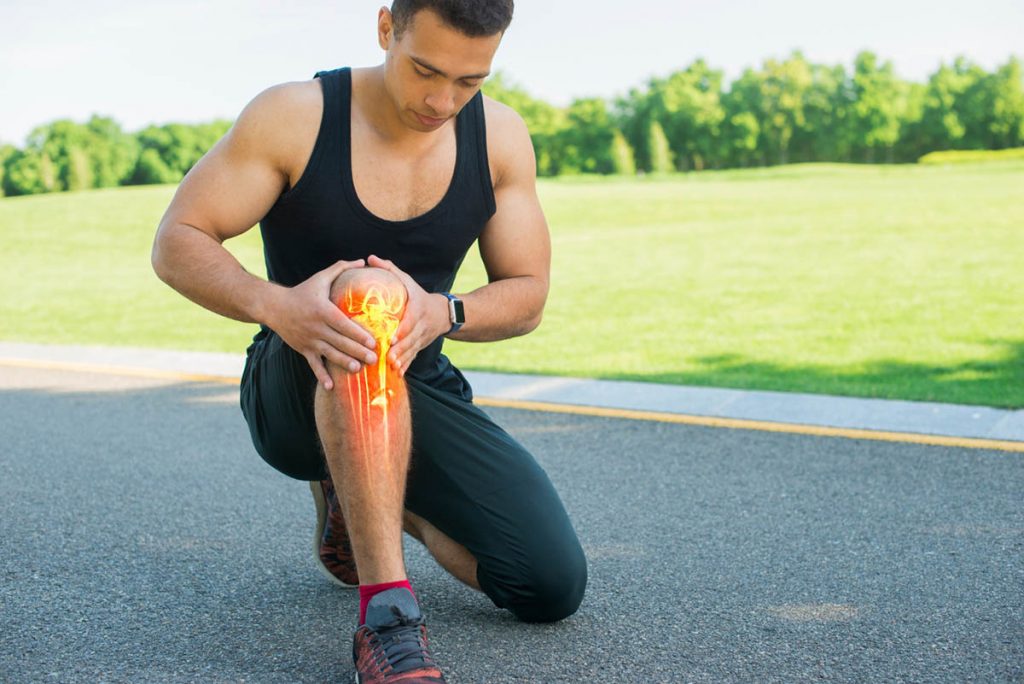Causes and Treatment for Inner Knee Pain After Running
Running is one of the most effective ways to stay fit and maintain a healthy lifestyle. However, for many runners, the joy of hitting the pavement can be overshadowed by the onset of inner knee pain running. This common issue often results from overuse, improper technique, or underlying conditions and can range from mild discomfort […]
Causes and Treatment for Inner Knee Pain After Running Read More »

